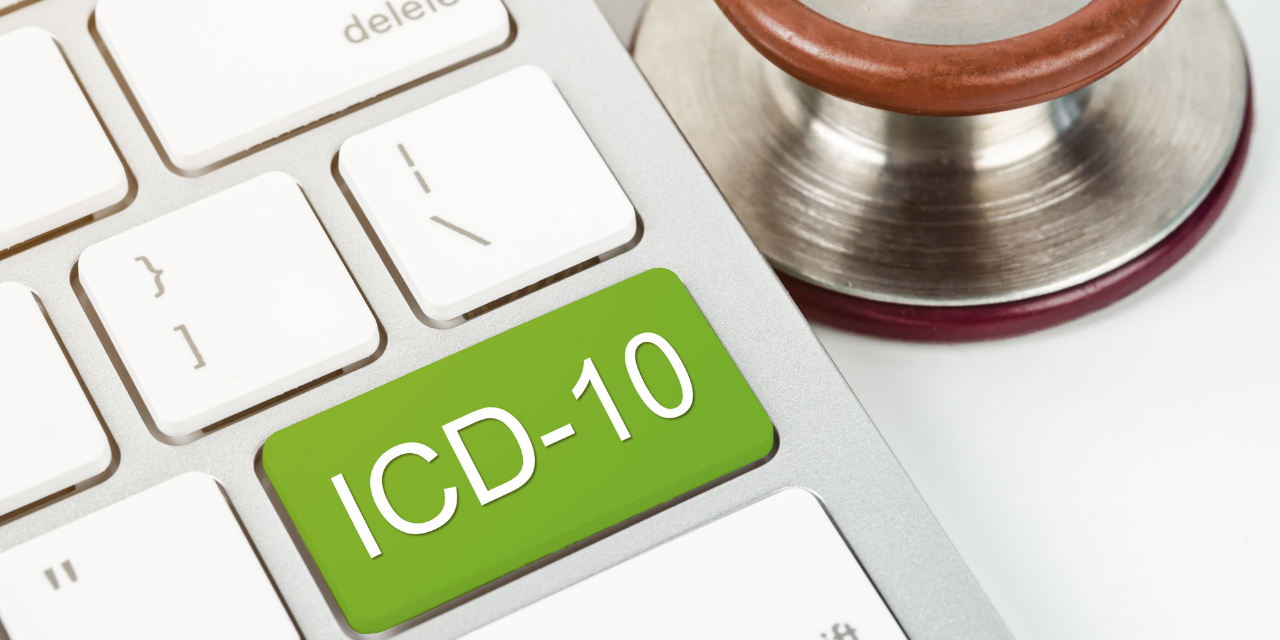
AMA Publishes Clarifications to Evaluation and Management Guidelines

On March 9, 2021, the American Medical Association’s (AMA) CPT Editorial Panel issued clarifications on several factors associated with the 2021 E/M Guidelines. On January 1, 2021, CMS updated the evaluation and management guidelines for all health care providers in outpatient services. As is often the case, once the entire healthcare community was using the guidelines, confusion emerged. Please note that the following is only a clarification of certain aspects in the guidelines. For a complete understanding of the guidelines, including case examples, it is recommended to attend a course and/or read through the ICS’ previous article. These clarifications below take effect immediately and are retroactive to January 1, 2021.
Clarifications to the medical decision making (MDM) element of the E/M coding include:
- Clarifies when to include a test that is considered but not selected after shared decision making,
- Defines “analyzed” to report tests in the data column,
- Clarifies what qualifies as a “unique” test,
- Clarifies the meaning of “discussion” between physicians and other qualified health care professionals (QHPs) and patients, and
- Defines “major” surgery versus “minor” surgery.
When considering the E/M CPT code level to be used, providers are able to use MDM or time. The AMA panel also clarified which activities are not counted when using total time for code level selection.
The following information is considered “technical corrections” by the CPT Editorial Panel. Technical corrections are clarifications of what the intent was of the rules. Keep in mind that these represent clarifications and not alterations.
Clarifications:
- Time
- Do not count time spent on the following:
- The performance of other services reported separately
- Travel
- Teaching that is general and not limited to discussion required for the management of a specific patient.
- Do not count time spent on the following:
- Services Reported Separately
- Ordering and the professional interpretation of those tests/studies are reported separately by the physician or other qualified healthcare professionals reporting the E/M service. Tests that do not require separate interpretation (e.g., tests that are results only) and analyzed as part of the MDM do not count as an independent interpretation but may count as ordered or reviewed for selecting an MDM level.
Other tests, such as x-rays, have professional components included. Suppose ordering physicians or Qualified Healthcare Professionals perform the professional component of these tests and report those tests separately; they cannot count those tests as data elements for determining MDM level. Also, time spent performing services that are separately payable cannot be included for time-based coding.
- Number and Complexity of Problems Addressed at the Encounter
- The final diagnosis for a condition does not, in and of itself, determine the complexity or risk, as extensive evaluation may be required to reach the conclusion that the signs or symptoms do not represent a highly morbid condition. Therefore, presenting symptoms that are likely to represent a highly morbid condition may drive MDM even when the ultimate diagnosis is not highly morbid. The evaluation and/or treatment should be consistent with the likely nature of the condition. Multiple problems of a lower severity may, in the aggregates, create higher risk due to interaction.
The term “risk,” as used in these definitions, relates to risk from the condition. While condition risk and management risk may often correlate, the risk from the condition is distinct from the management of the patient risk.
- Data to be Analyzed at the Encounter
- Entails the process of using the data available as part of the MDM.
- The data element itself may not be subject to analysis, but it is instead included in the thought processes for diagnosis, evaluation, or treatment. Tests ordered are presumed to be analyzed when the results are reported. Therefore, when they are ordered during an encounter, they are counted in that encounter.
Tests that are ordered outside of an encounter may be counted in the encounter in which they are analyzed. In the case of a reoccurring order, each new result may be counted in the encounter in which it is analyzed. Any service for which the professional component is separately reported by the physician or other qualified health care professional reporting the E/M service is not counted as a data element ordered, reviewed, analyzed, or independently interpreted for the purpose of determining the level of medical decision making.
- Tests Ordered or Considered
- The AMA made the distinction that “tests” can be single or multiple tests, but the number of documented tests depends on the CPT code assigned. For example, a chem panel may consist of several tests, but only one CPT code is assigned to the panel. Therefore, a chem panel is considered to be only one test.
- Likewise, if a combination of different data elements, for example, a combination of notes, reviewed, tests ordered, test reviewed, or independent historian, allows these elements to be summed. It does not require each item type or category to be represented. A unique test ordered, plus a note reviewed and an independent historian would be a combination of three elements counted as one.
- The consideration of tests was clarified. Ordering tests may also include those that were considered but not selected after shared decision-making. For example, a patient may request a diagnostic imaging test that is not necessary for their condition, and a discussion of the lack of benefit for that test may be required. Alternately, a test may be typically performed, but due to the risk for a specific patient, it is not ordered. These considerations must be documented.
- Discussion of Findings or Treatment Considerations
- Discussion requires an interactive exchange.
- The exchange must be direct and not through intermittent intermediaries such as clinic staff or trainees. Sending chart notes or written exchanges that are within progress notes does not qualify as an interactive exchange. The discussion does not need to be on the date of the encounter, but it is counted only once and only when it is used in the decision-making of the encounter. It does not need to be in when it is used in the decision-making of the encounter. It does not need to be in person but must be initiated and completed within a short time period of a day or two.
- Independent Historians
- An independent historian is an individual who provides a history in addition to a history provided by the patient who is unable to provide a complete or reliable history or because a confirmatory history is judged to be necessary. The independent history does not need to be obtained in person but does need to be obtained directly from the historian providing the independent information.
- Risk of Complications or Morbidity
- One element used in selecting the level of service is the risk of complications and/or morbidity or mortality of patient management at an encounter. The risk of complications from the treatment is distinct from the risk of the condition itself. The risk of patient management criteria applies to the patient management decisions made by the reporting physician or other qualified health care professional as part of the reported encounter.
Editor’s Note: If you would like a full explanation of the E/M changes that began on January 1, Dr. Fucinari has an E/M 2021 Guidelines for the Chiropractic Office workbook available at www.askmario.com.


















